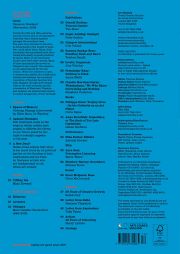Art Monthly 478
Jul-Aug 2024
Otobong Nkanga
Interviewed by Ellen Mara De Wachter
Against Nostalgia
Bob Dickinson
A New Deal?
Susan Jones
Tiffany Sia
Profile by Mimi Howard
Buy Now – select:
Want to read this right now?
Get instant access to the entire back catalogue via Exact Editions from only £8.99!
Contents
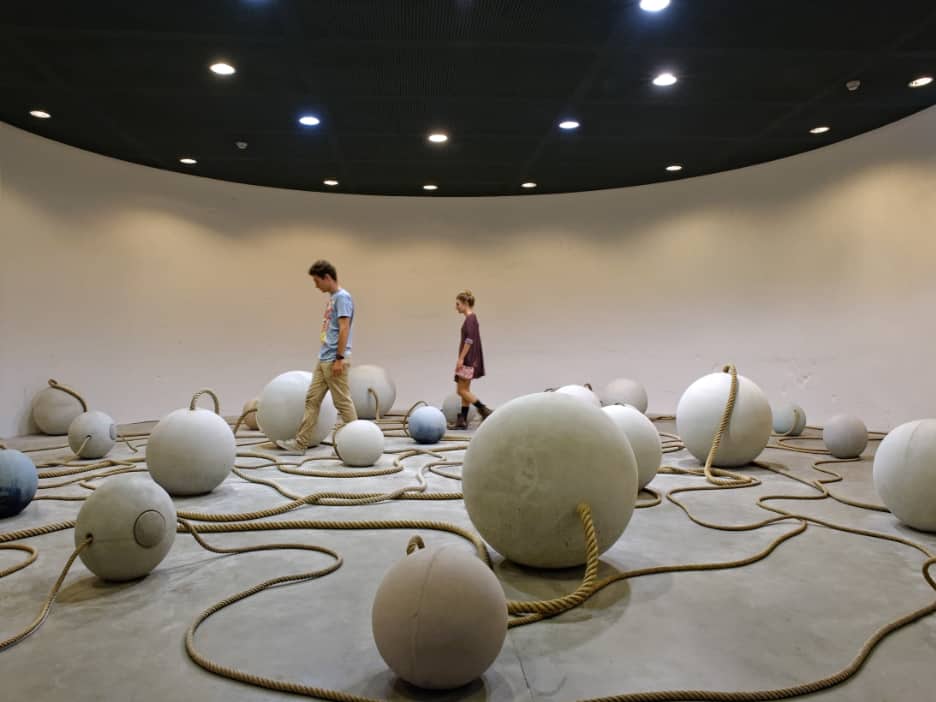
Otobong Nkanga, Wetin You Go Do?, 2015
Interview
Spaces of Memory
Otobong Nkanga interviewed by Ellen Mara De Wachter
My interest in the dynamics of extraction comes from just living in it. It’s our reality, and there is no way to get out of it.

Tomás Dzadon, Is it an attraction or is it tumbling down?, 2010
Feature
Against Nostalgia
Bob Dickinson looks at the ways in which artists have sought to address the threat to our future posed by the right’s nostalgic appeals to the past
It has long been apparent that the rise of right-wing political narratives, not just in the EU and the UK but worldwide, increasingly trade on a yearning for lost security, transforming the future into a zone of fear.
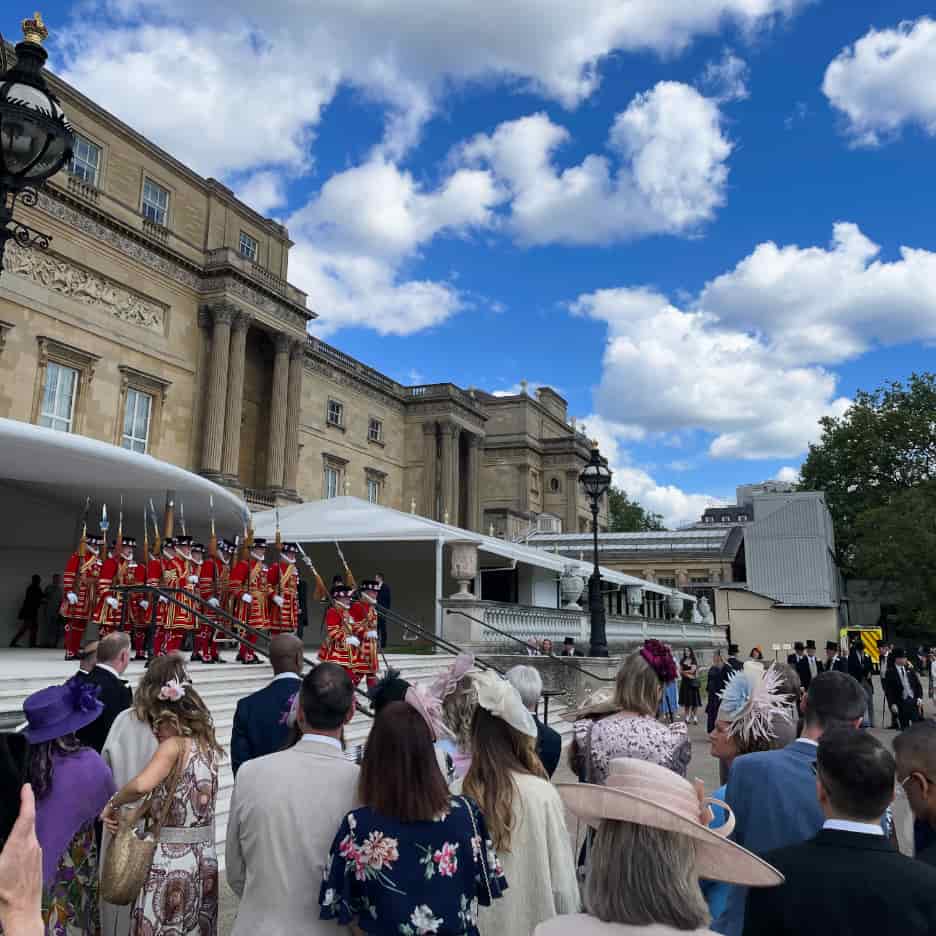
garden party at Buckingham Palace to support the creative industries in the UK, May 2024
Feature
A New Deal?
Susan Jones argues that there is too much focus by all political parties on the funding of arts institutions and too little on freelance artists who are fundamental to the whole art ecology
As always, fair treatment for artists is almost inevitably an ‘add on’ to the main agenda, dependent first and foremost on arts organisations being financially resilient.
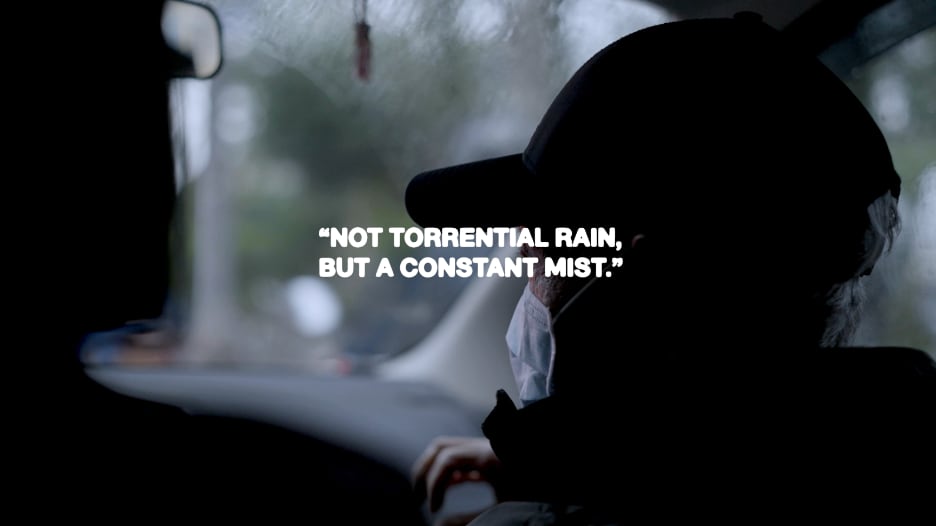
Tiffany Sia, The Sojourn, 2023
Profile
Tiffany Sia
Mimi Howard
For a Hong Kong-born artist like Tiffany Sia, the production of printed words comes at particularly high cost. Sia’s mother tells her, bluntly: ‘You’ve written a book. They’re particularly sensitive about printed materials.’
Editorial
Betting Ends
The decision to call a snap general election has delivered not only party manifestos weak on support for the arts but also a series of spectacular campaign own goals far beyond satire.
A government spokesperson dismissed this latest example of, at best, unparliamentary behaviour and, at worst, criminal conduct, as ‘a personal matter for the individual in question’.
Artnotes
Museum Alarm
A survey of museum directors reveals the parlous state of the cash-starved sector; the government review of ACE is shelved for the election; a comprehensive review of the arts in schools presents a damning verdict on policies of the past 14 years; Tate boss Maria Balshaw decries the British Museum’s links with BP; activists continue to target high-profile artworks; pro-Palestinian campaigners target art galleries and their directors; plus the latest on galleries, people, awards and more.
Obituary
Marc Camille Chaimowicz 1947–2024
Michael Archer
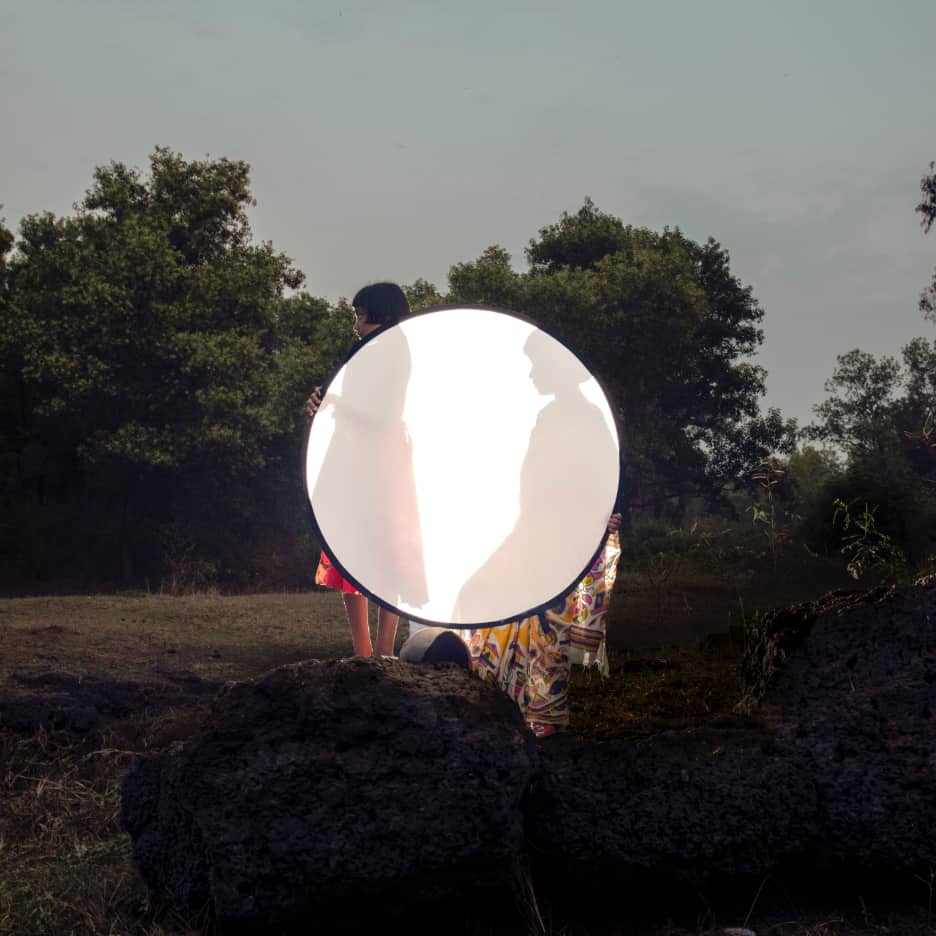
Soumya Sankar Bose, A Discreet Exit Through Darkness, 2020–, Delfina Foundation, London
Exhibitions
Donald Rodney: Visceral Canker
Spike Island, Bristol
Tim Steer
Roger Ackling: Sunlight
Norwich Castle Museum and Art Gallery
Peter Suchin
Glasgow International
various venues
Cole Collins
Soumya Sankar Bose: Braiding Dusk and Dawn
Delfina Foundation, London
Vaishna Surjid
brecht: fragments
Raven Row, London
Alex Fletcher
Permindar Kaur: Nothing is Fixed
John Hansard Gallery, Southampton
Amna Malik
Claudia Martínez Garay: Wakchakuna / We Who Share Everything and Nothing
Nottingham Contemporary
Elizabeth Fullerton
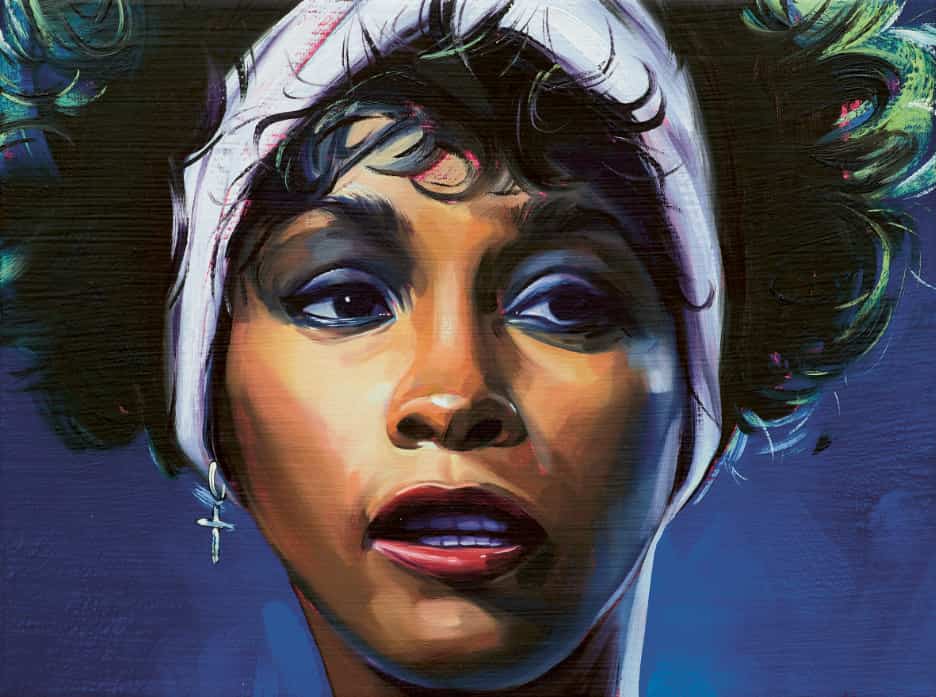
Sam McKinniss, Star Spangled Banner (Whitney), 2017
Books
Philippa Snow: Trophy Lives – On the Celebrity as an Art Object
Chris Hayes
The book flows with an idiosyncratic zeal for its subject; moments of serendipity are genuinely illuminating, but what is gained by evoking parallels between Kim Kardashian’s brand-building and artworks? The argument is fun but stretched around a shaky thesis.
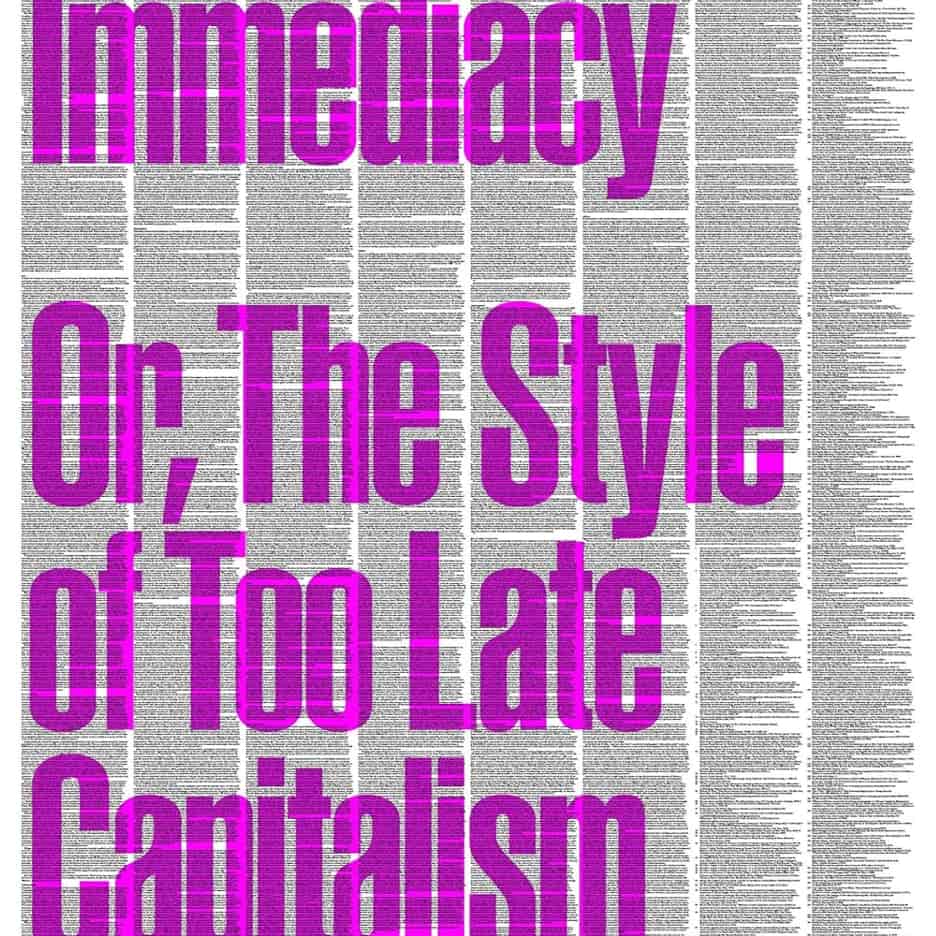
Immediacy, or the Style of Too Late Capitalism cover
Books
Anna Kornbluh: Immediacy, or the Style of Too Late Capitalism
Daniel Neofetou
Anna Kornbluh takes pains to situate herself in a lineage of dialectical thinkers for whom mediation is key – GWF Hegel, Karl Marx and Theodor Adorno – but her account is ultimately marred by a lack of dialectical thought. For Kornbluh, to put it crudely, it is simply the case that immediacy is bad and mediation is good.
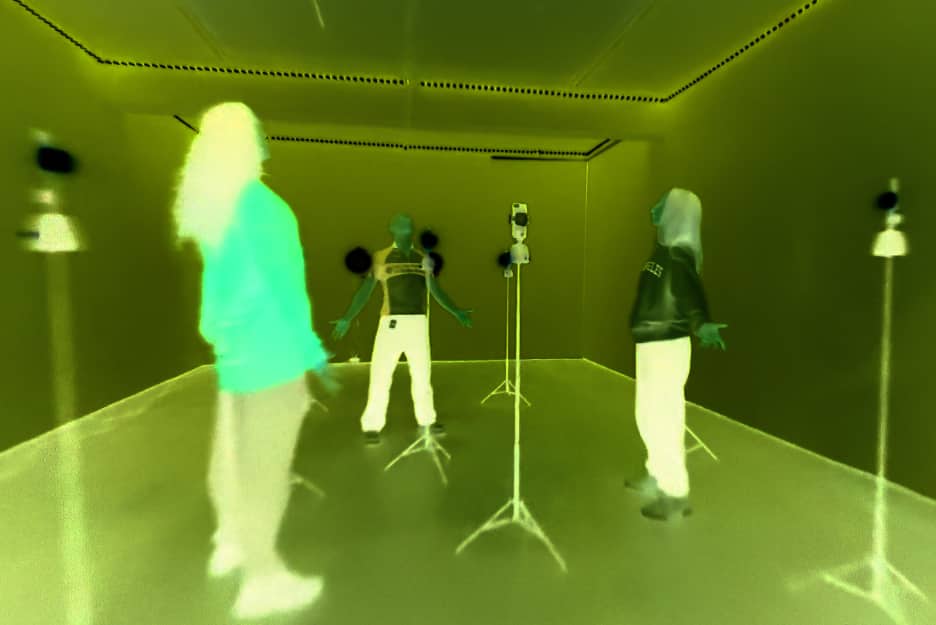
Nina Davies, Editers, 2024
Performance
Nina Davies: Editers
Antonia Blocker
By extracting ‘the Edit’ from the multiple fictional layers of the film and presenting it through live bodies in the space, Nina Davies creates a compelling and confounding blend of the actual and the virtual.
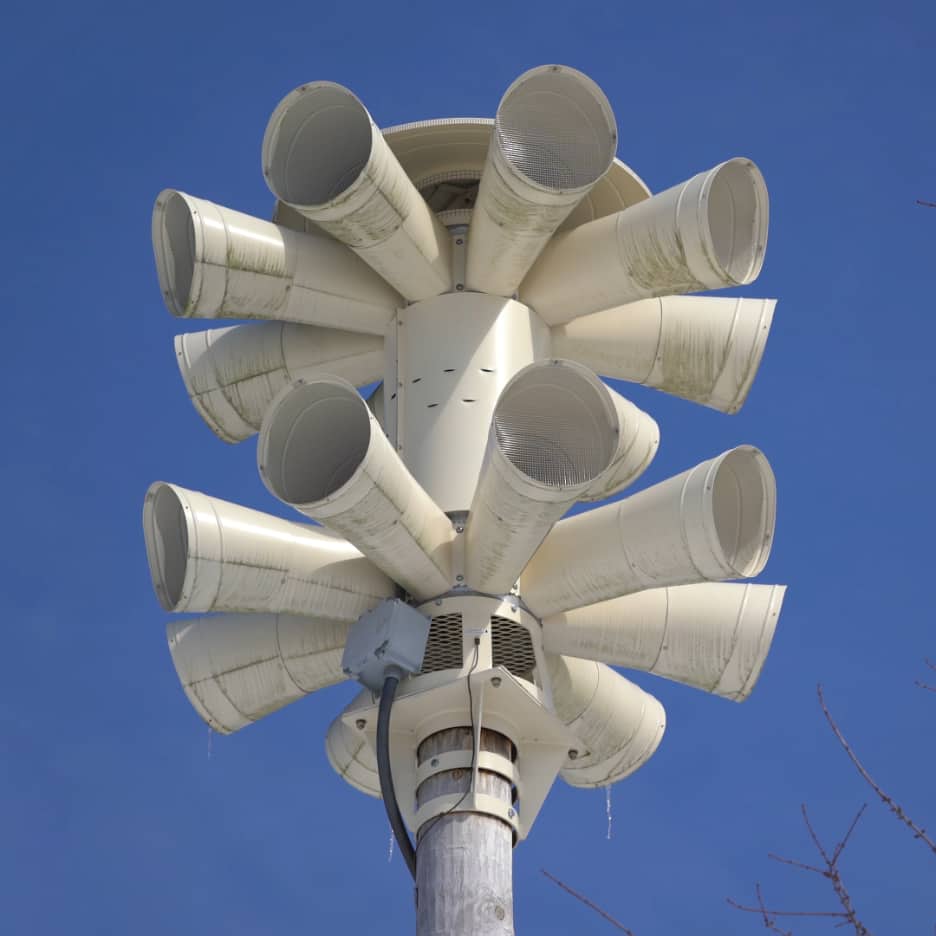
Aura Satz, Preemptive Listening, 2024
Film
Aura Satz: Preemptive Listening
Maria Walsh
Seven years in the making, this essay-film is a collaboration with over 20 experimental musicians who were asked by the artist to compose a new siren sound that might call attention to planetary emergencies.
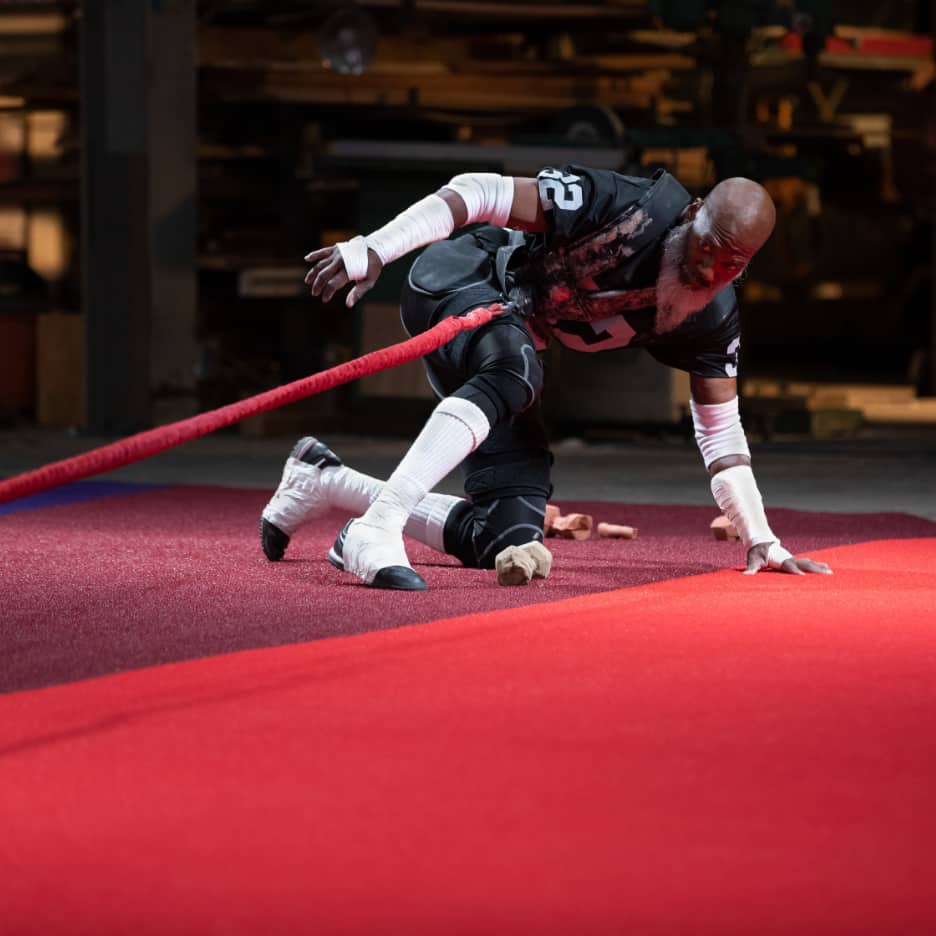
Matthew Barney, Secondary, 2023
Film
Matthew Barney: Secondary
Michael Kurtz
During a preseason NFL game in August 1978, Oakland Raider Jack Tatum brutally tackled Darryl Stingley of the New England Patriots, breaking two of his vertebrae and leaving him paralysed from the neck down. Matthew Barney, then 11 years old and with a college football career ahead of him, was captivated.
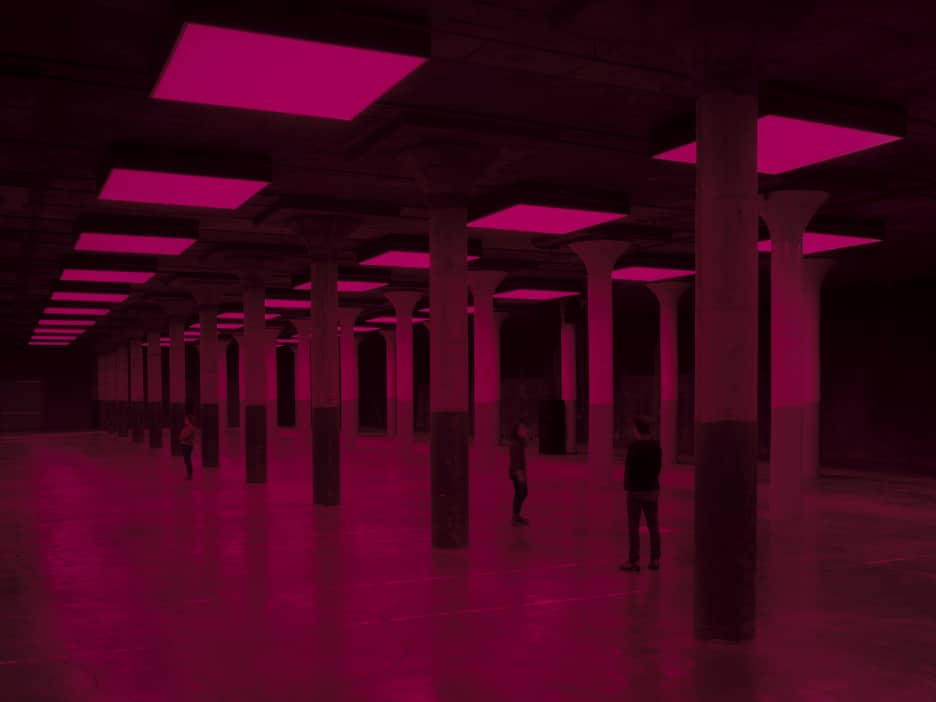
Steve McQueen, Bass, 2024
Sound
Steve McQueen: Bass
Chris McCormack
Steve McQueen effectively immerses the viewer into a cinema with no images, where one is instead witnessed within it, as both momentary onlooker and revealed as image in these painful histories.
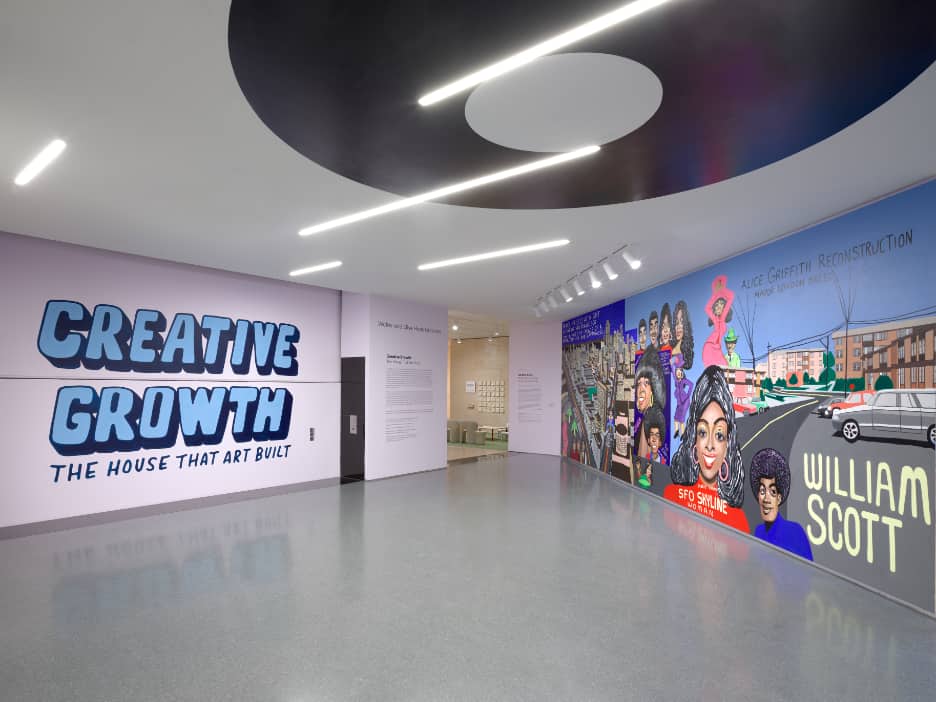
William Scott, Praise Frisco Peace and Love in the City, 2024
Reports
50 Years of Creative Growth
Sarah Jury
There was a general call for an ‘ad hoc’ or ‘sliding-scale’ payment method to be recognised by the social security administration, which continues to cause challenges for artists with disabilities who are trying to receive payment for their work.
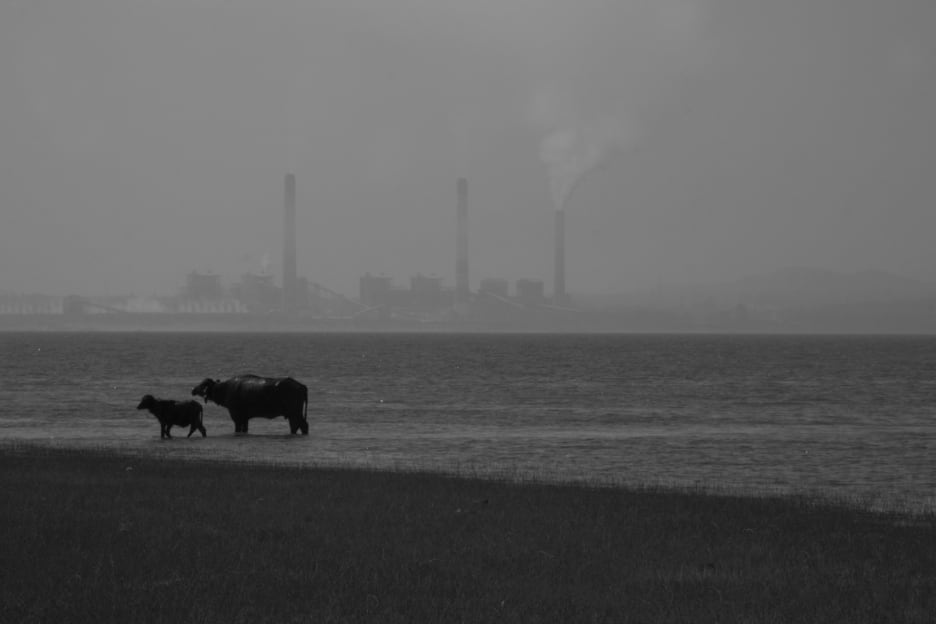
Vinit Gupta, If A Tree Falls in the Forest, 2024
Reports
Letter from Delhi
Ranjana Thapalyal
Delhi is swathed in images of the prime minister and the orange lotus, while memes, cartoons and phone messages offer conflicting representations of what is happening and who is a ‘patriot’.
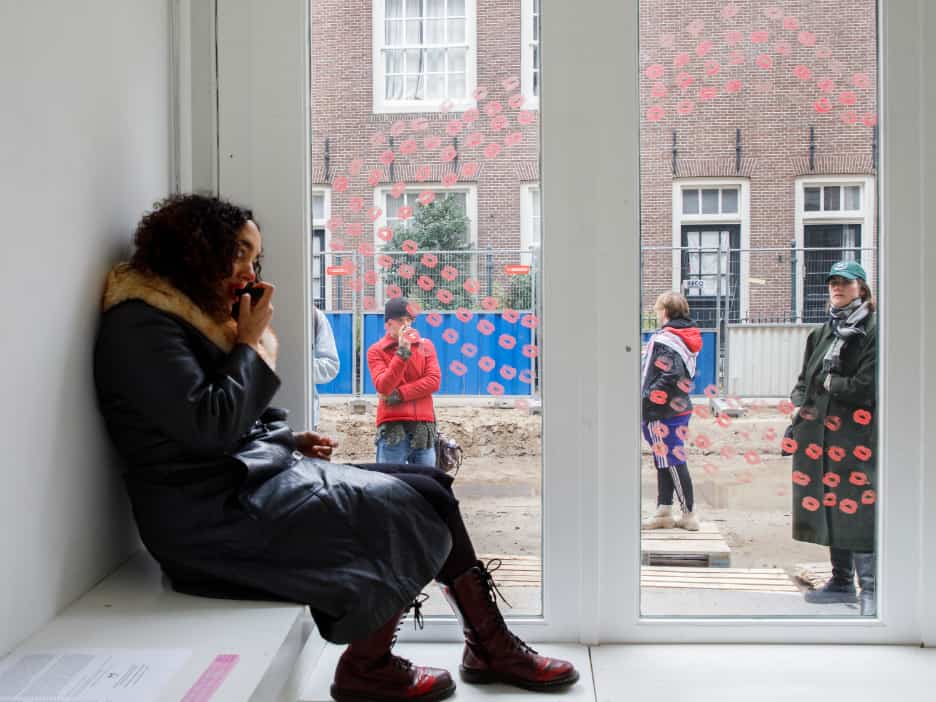
G, ‘There Are (Many) Parts to This’, 2024
Reports
Letter from Amsterdam
Toby Üpson
Marwan gallery is hosting the second in a series of four exhibitions by the artist G – who also describes themselves as a natural death researcher, babysitter and raver – and which is fittingly titled ‘There are (Many) Parts to This’.
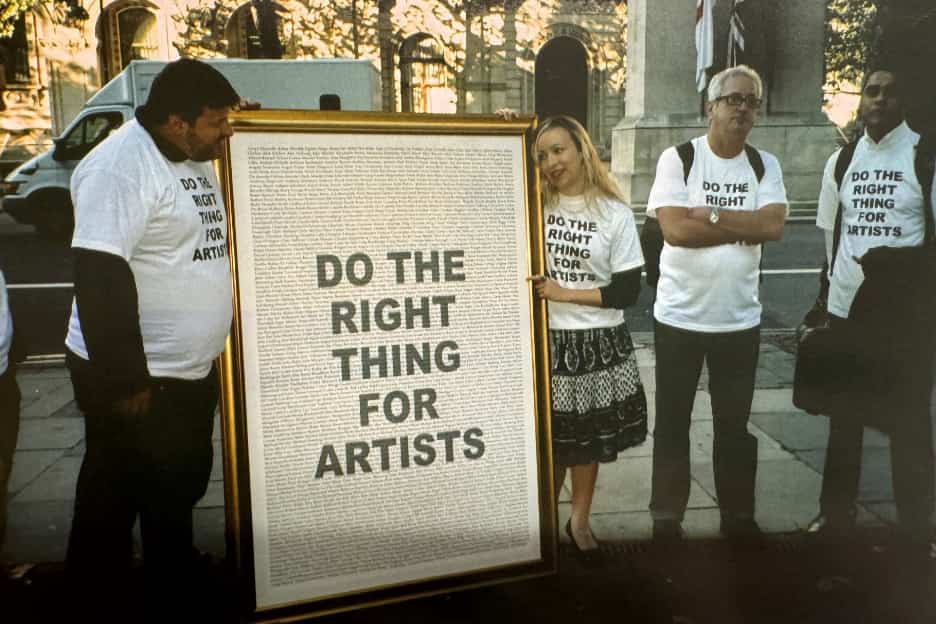
Artist’s Resale Right protest outside the Courts of Justice, London, 2005
Artlaw
40 Years of Collecting
Henry Lydiate
DACS currently has over 180,000 members worldwide, to whom £240m has been distributed since 1984: a remarkable milestone, and a tribute to DACS’s enduring belief in the power and value of collectivist self-help, especially given its idealistic origins, which were starkly at odds with the then government’s prevailing ideology of individualism.


